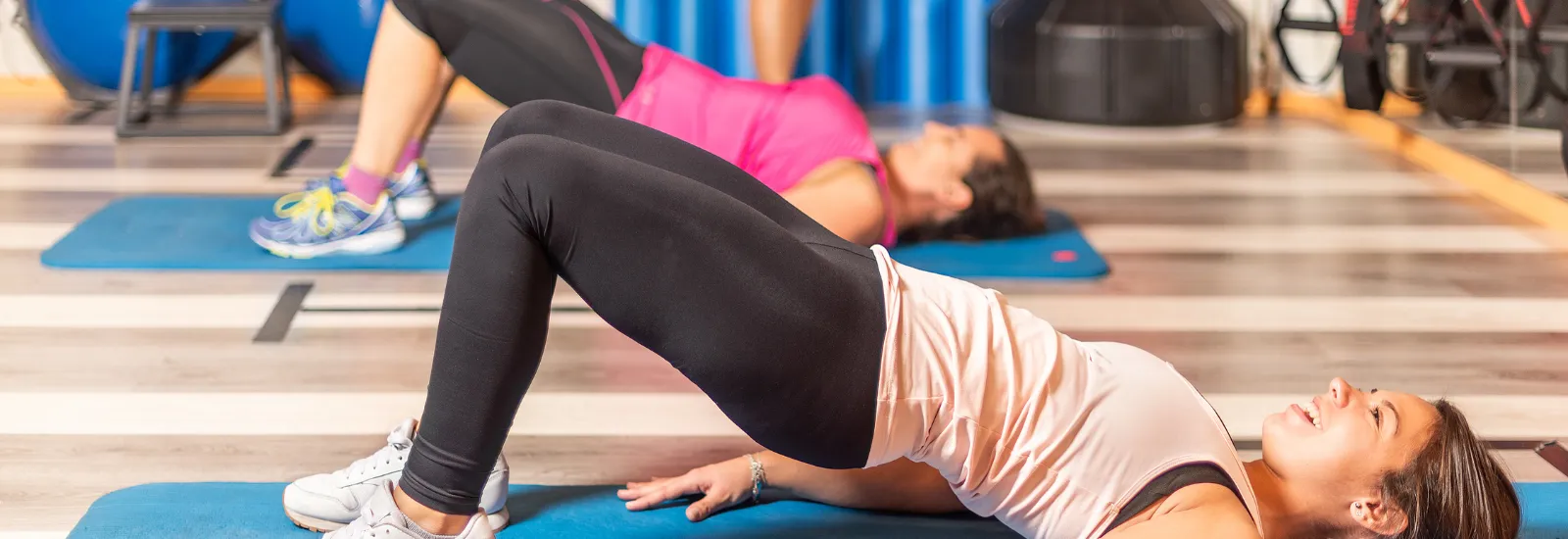
Regain control with pelvic floor therapy
When you experience pelvic pain or functional problems with
urinating, it can be hard to tell what's going on "down there." Bladder,
kidney, and other urinary tract illnesses often share overlapping symptoms.
Sometimes, it takes a visit to your medical provider to tell you what's wrong. Although
clinicians typically prescribe antibiotics for infections, other issues may
benefit from pelvic floor therapy — a noninvasive form of physical therapy for
urinary problems, pelvic pain, and more. First, you need to know what is
happening.
Pinpointing the problem
Maybe it hurts when you urinate, or you have trouble going. Or
perhaps you can't get to the bathroom fast enough. Sometimes the symptoms of
kidney, bladder, and other infections overlap because they apply to a single
body system called the urinary tract. This is how it works in three steps:
- Your kidneys filter waste products from
your blood.
- The resulting urine flows down your ureters
to your bladder, where it's held until you feel the need to urinate.
- The urine leaves your body through your
urethra.
Together, this system is known as
your urinary tract, and people can get urinary tract infections (UTIs) at any
point.
Signs and symptoms of a UTI
Often,
people with a UTI in their urethra or bladder will experience a variety of
signs and symptoms.
UTI
signs and symptoms include:
- Blood in the urine — especially in younger women
- Burning or pain when urinating
- Confusion or weakness — especially in older people
- Frequent need to urinate but not being able to
- Urine that looks dark or clouded or smells bad
- These infections can also move upstream to one or both kidneys.
When
an infection has moved to your kidneys, you may experience:
- Fever and chills
- Nausea or vomiting
- Pain in your groin
- Pain in your kidney area — your back and side
Preventing a UTI
Sometimes,
you get a UTI, and there's nothing you can do to stop it, especially if you
experience recurrent infections (ones that keep coming back). Hormone changes
after menopause can make some women more susceptible to UTIs. However, a few
strategies can help prevent UTIs.
Women
should :
- Avoid 'feminine hygiene' products such as douches or scented sprays
- Clean your genital area daily
- Drink six to eight glasses of water each day
- Limit bath time and take showers instead
- Urinate before and after sexual intercourse
- Urinate when you need to - don't hold it in
Seeing a provider for a UTI
Some people recommend home remedies, such as drinking water or
cranberry juice, but these home remedies are not proven to help. It's important to see a medical
provider for UTI symptoms because if not properly treated, UTIs can keep coming
back or lead to more serious problems.
When it's not an infection: Pelvic floor physical therapy
What if your provider says your problems with urination or pelvic
pain aren't caused by an infection? What then? If your issues are
functional in nature, you may be referred for pelvic floor physical therapy .
Pelvic floor physical therapy can help men and women with:
- Pain during intercourse
- Discomfort or prolapsed (fallen) organs following pregnancy and childbirth
- Pain following prostate cancer treatment
- Problems urinating — painful urination, urgency or leaking
- Problems with bowel movements — constipation or leaking
Schedule an appointment to see if pelvic floor therapy at Reid Health holds the answer to
your urinary tract concerns.

